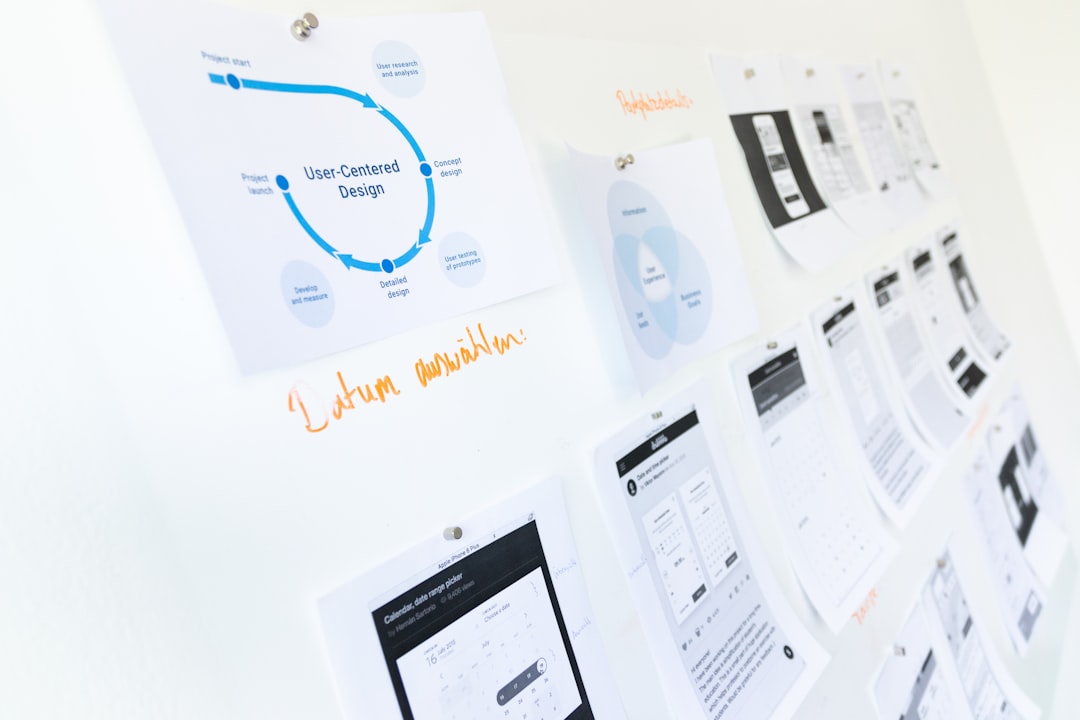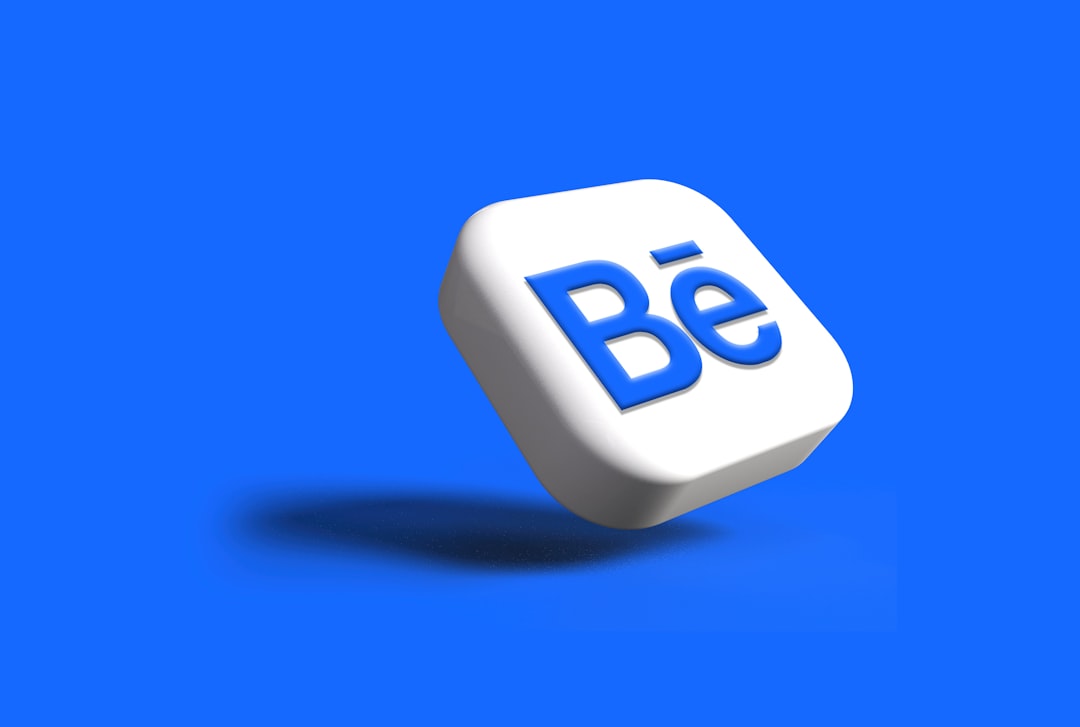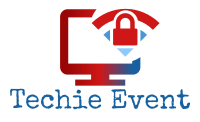In the fast-evolving world of B2B sales, staying ahead requires much more than traditional pitches and slide decks. The expectations of buyers are shifting dramatically. They want proof. They want control. Most importantly, they want value before they even speak with a sales rep. This transformation has given rise to a new breed of sales enablement — Sales Enablement 2.0 — where interactive demos and ROI tools are transforming how companies engage, convince, and convert prospects.
Understanding Sales Enablement 2.0
Sales Enablement 2.0 represents a modernized approach to supporting sales teams. It goes beyond PDFs, cold calls, and basic CRMs. Instead, it leverages real-time, measurable, customer-facing tools to empower both sellers and buyers.
At its core, Sales Enablement 2.0 includes:
- Interactive product demos that allow prospects to explore software or tools on their own terms
- ROI calculators that showcase economic value and business impact
- Data-rich engagement tracking to tailor follow-ups with precision
By shifting from passive content to interactive assets, organizations not only reduce the sales cycle but also significantly enhance buyer trust.
The Rise of Interactive Demos
Gone are the days when buyers would sit through 30-minute presentations waiting patiently for a glimpse of the product. Modern buyers want to experience it themselves — right away. This has led to the surge in popularity of interactive product demos.
These demos are often embedded on websites, shared via email, or used in discovery calls. Tailored to different buyer personas, interactive demos typically include guided tours, clickable features, and dynamic walkthroughs of key capabilities. They are not only engaging but give potential customers a sense of control over their buying journey.

Additionally, companies using interactive demos benefit from better qualification. Rather than tasking a sales rep with each lead, prospects qualify themselves by interacting with the product — giving the sales team valuable insight into what functions matter most to the buyer.
Benefits of interactive demos include:
- Scalability: Demos can be shared repeatedly without overburdening reps.
- Buyer empowerment: Prospects engage on their own timeline, increasing interest.
- Data insights: Organizations can track user behavior, time on features, and drop-off points.
The Critical Role of ROI Tools
Value selling has never been more relevant. Buyers, particularly in enterprise and mid-market spaces, are under increasing pressure to justify spending. That’s where dynamic ROI calculators and business value assessment tools come in.
These tools quantify the return a customer can expect by investing in your solution. Often customized by industry, use case, or business size, ROI calculators walk users through inputs like current processes, costs, and KPIs. They then output metrics such as:
- Time savings
- Cost reduction
- Productivity gains
- Increased revenue opportunities
An effective ROI tool adds credibility to your pitch and helps elevate the conversation from product features to strategic business outcomes. Today’s buyers want hard numbers, not just promises. Providing them with a self-service platform that delivers business impact ensures stakeholders — especially those in finance or procurement — are empowered to say “yes.”

Integration Into the Sales Process
For Sales Enablement 2.0 to be successful, these assets can’t operate in silos. They must be integrated thoughtfully into the broader sales motion. That includes alignment with:
- Marketing communication: Embedding demos and tools in campaigns and landing pages
- CRM systems: Feeding usage data into platforms like Salesforce for smarter follow-ups
- Sales playbooks: Ensuring reps know when and how to deploy interactive assets
Consider the data a sales rep gains from an interactive demo: the exact features clicked, time spent per section, and exit points. When synced with CRM or marketing automation systems, these insights empower reps to send hyper-relevant follow-ups, set better-qualified meetings, and predict buyer readiness more accurately.
Measuring the Impact
The purpose of Sales Enablement 2.0 isn’t just to look modern. It’s about real, measurable outcomes. Companies that invest in interactive tools typically see:
- Higher conversion rates: Prospects are more informed and more likely to progress through the funnel
- Shortened sales cycles: Self-qualification and buyer education occur before human interaction
- Lower customer acquisition costs: Automation and buyer-led discovery reduce manual selling
- Increased deal size: Data-driven ROI conversations often elevate the price point through value
Moreover, companies can adopt A/B testing strategies. For example, one set of prospects might receive a static PDF while another interacts with a demo. The engagement and deal closure rates can be compared, offering empirical proof that modern assets drive better results.
Challenges and Considerations
While the benefits are compelling, implementing Sales Enablement 2.0 tools isn’t without challenges. Organizations must consider:
- Quality of content: A poorly designed demo can do more harm than good
- Time to develop: Creating interactive tools can be time-intensive
- Cross-functional collaboration: Successful enablement often bridges marketing, sales, and product teams
There’s also the danger of ‘gimmicky’ experiences. Tools that are too flashy or lack real value can undermine credibility. Therefore, the design and execution of these tools must place usability and clarity above all else.
The Competitive Advantage of Sales Enablement 2.0
In crowded B2B marketplaces, companies must differentiate not only through product but through experience. Embracing Sales Enablement 2.0 gives companies a strategic advantage in how they deliver that experience. Whether it’s allowing leads to try before they buy or giving CFOs compelling financial projections, interactive tools serve as trust accelerators.
And as buying committees grow and involve increasingly technical and analytical stakeholders, the ability to showcase competence, agility, and ROI will separate the winners from the runners-up.

Key Takeaways
- Sales Enablement 2.0 is defined by interactive and data-driven sales tools
- Interactive demos empower prospects to explore products before engaging with a rep
- ROI calculators build economic value and justify purchases to senior stakeholders
- Real-time insights and integrations drive smarter and faster sales engagements
- Strategic implementation will yield measurable business growth and trust
For B2B organizations looking to modernize their approach and close deals in today’s buyer-centric landscape, embracing the tools and tactics of Sales Enablement 2.0 is no longer optional — it’s mission critical.
